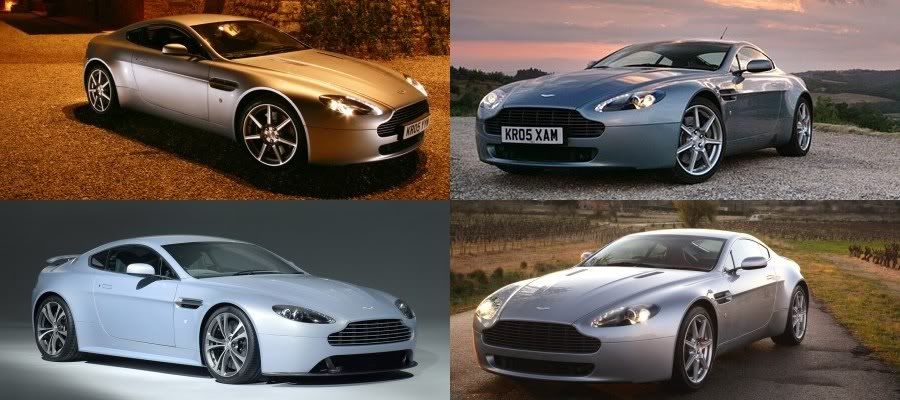After a period when ‘topless’ cars ceased to be sold due to safety concerns, the manufacturers used technological advances to ensure that occupants would be sufficiently protected in the event of a roll-over. This led to a revival of roadsters which has continued to thrive, particularly in the US market.

The LF-A Coupe
So it’s not surprising that the designers at Lexus, Toyota’s luxury division which began business in the USA, have taken the top off the LF-A concept sportscar to create a high-performance roadster that will appear on the motorshow circuit during 2008. The LF-A Roadster uses the sturdy yet lightweight carbonfibre and aluminium body used for the LF-A coupe, which helps maintain the structure's strength and rigidity even without a top.
Like its coupe counterpart, the LF-A Roadster is powered by a high-revving V10 engine that is almost 5.0 litres in displacement. The V10, said to be capable of delivering more than 500 bhp and taking the sportscar beyond 320 km/h, is mounted in front of the passenger compartment but behind the front-axle centreline in what the engineers refer to as a "front-mid" configuration.
 The engine is connected via a torque tube and propeller shaft to a transaxle that is controlled by paddle shifters. The torque tube is a structural member that adds rigidity to the drivetrain and chassis while also reducing vibration.
The engine is connected via a torque tube and propeller shaft to a transaxle that is controlled by paddle shifters. The torque tube is a structural member that adds rigidity to the drivetrain and chassis while also reducing vibration.As can be seen, the styling is rooted in the Lexus L-Finesse design philosophy, conferring the LF-A Roadster's front end with a compact, low-profile, aerodynamic shape. Like its coupe counterpart, the LF-A Roadster stands just 1.2 metres tall, but the Roadster configuration adds a speed-adaptive rear wing.

The rear is marked by a pair of wrap-around, arrowhead-shaped taillights that bracket a pair of large grilles. These grilles vent the heated air from the car's two rear-mounted radiators into the LF-A Roadster's aerodynamic wake. The radiators are fed cool air by two large intake ducts mounted just above the rear wheel wells. This aft radiator positioning not only allowed the designers to keep the car's front profile low and tight but also aided the LF-A's chassis engineers in their search for optimal weight distribution.
Helping to provide balance and scale to the design, which features an overall length of 4460 mm and a wheelbase of 2606 mm, are high-performance tyres on turbine-styled alloy wheels. The front tires are 265/35R20s, while the rears are 305/30R20s. Like the LF-A coupe, the brakes consist of cross-drilled, vented discs.front and rear; the front brake calipers are 6-piston units and the rear calipers use 4 pistons each.


An "F" logo, located on each front fender of the Roadster, indicates the vehicle's status as a part of the new "F" marque. The name is derived from the original "F" designation for the first Lexus LS prototype. That vehicle was internally coded "Circle-F," with the "F" standing for "flagship." The Circle-F designation further evolved into the code name Flagship One, or ‘F1’, and the first F1 concept developed into Lexus' first production model, the LS400.
Since then, the "F" code has come to signify a special vehicle program within Lexus that falls outside the normal engineering and development process. In addition, Fuji Speedway is the IS F's home circuit, and the shape of the F-logo was inspired by many of the track's turns. The all-new Lexus IS F sport sedan is the first production vehicle to carry the F marque.



No comments:
Post a Comment